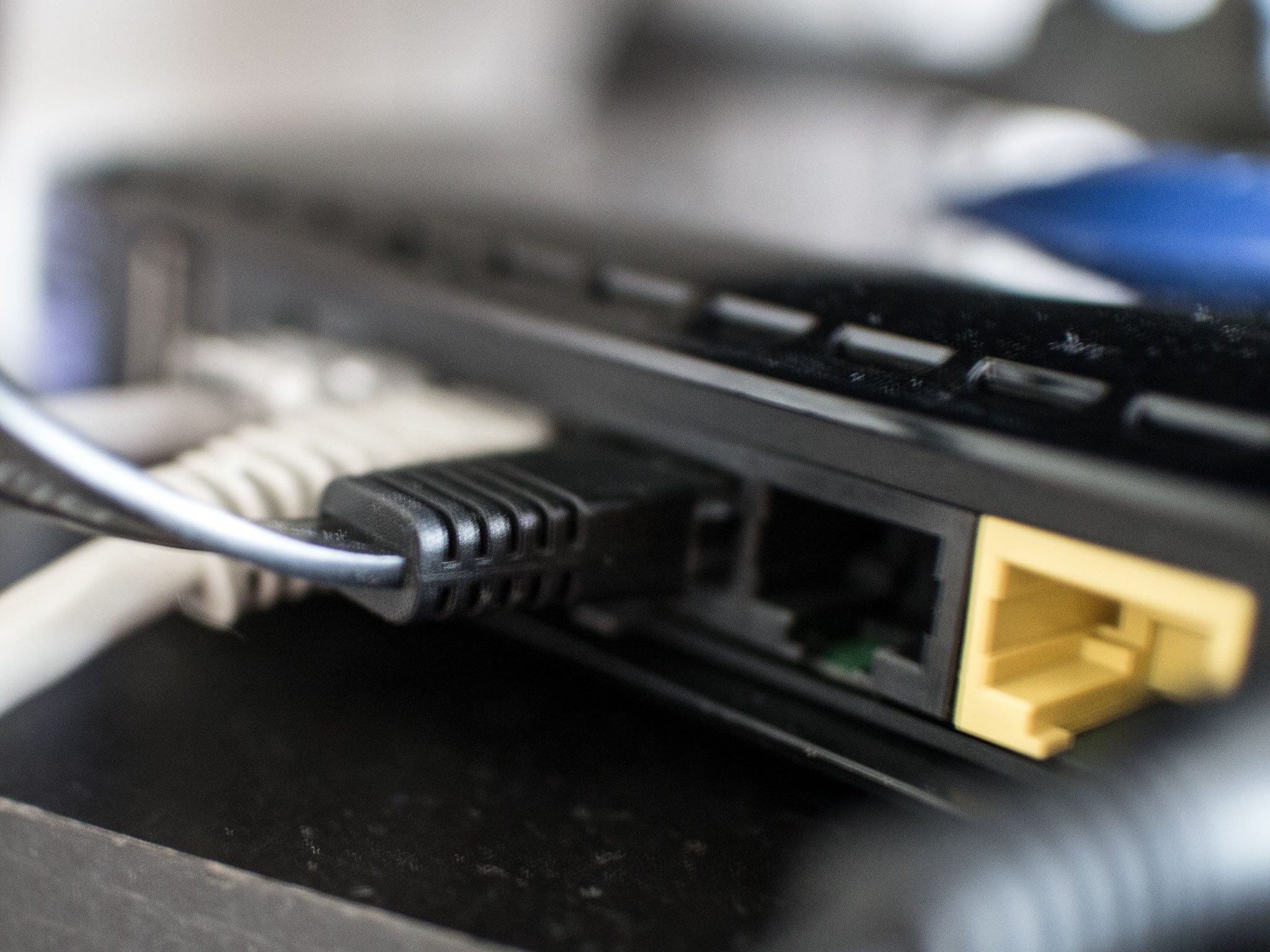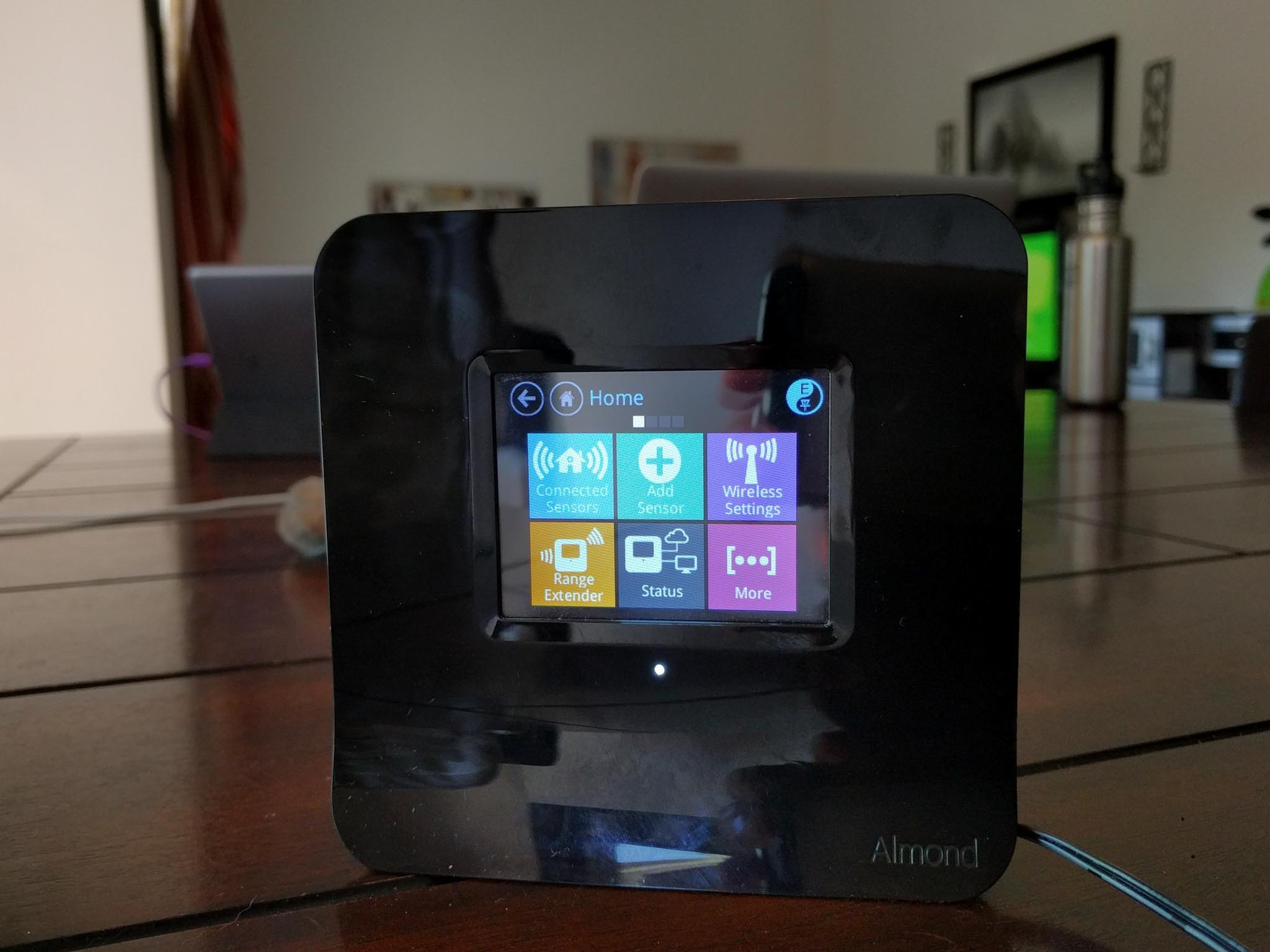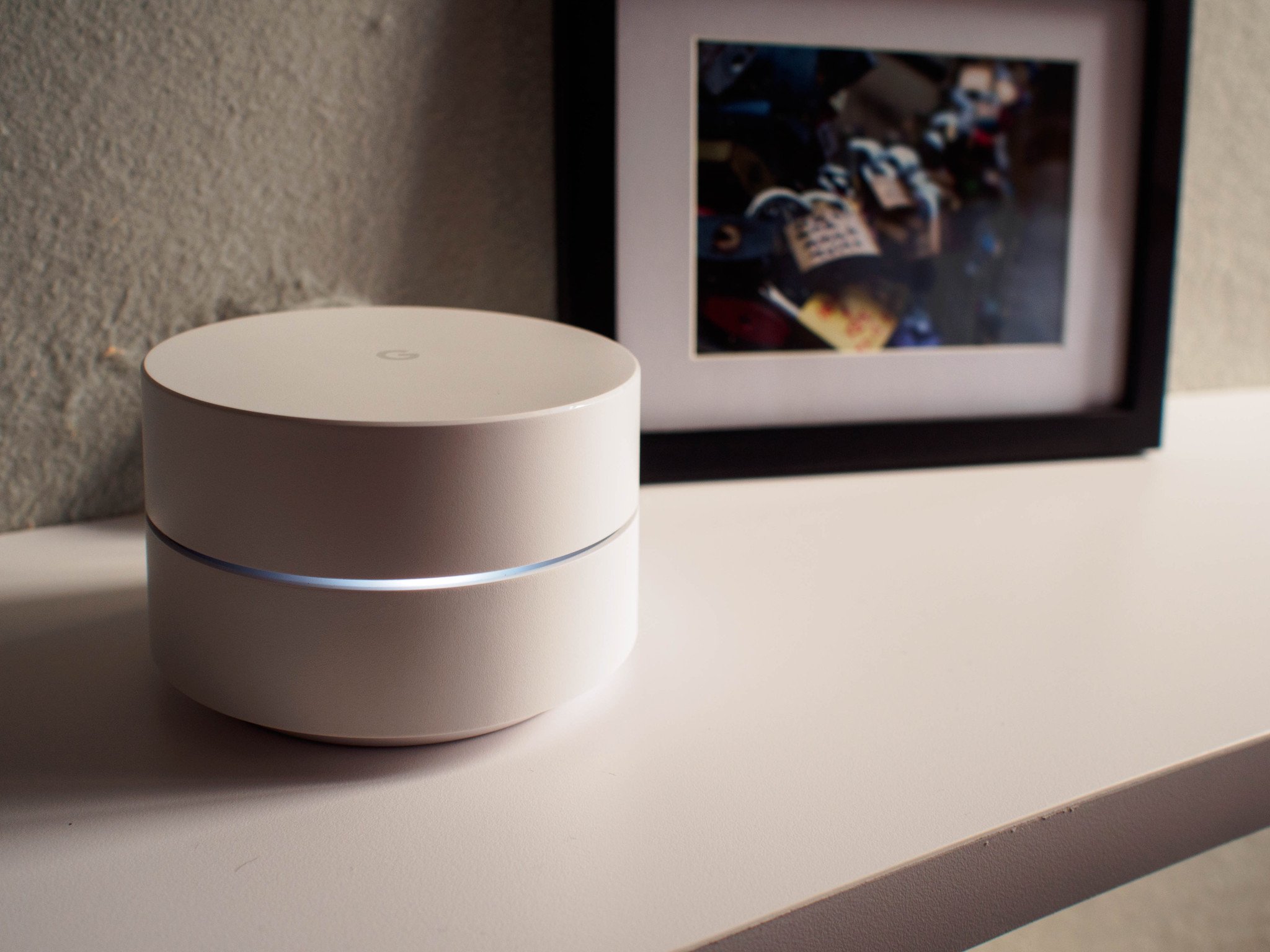What to know when choosing between router and mesh networking

A home network today usually consists of a router — which can be provided by an Internet Service Provider — and various devices dotted around the building. The majority of consumers can be more than satisfied with the signal strength in a smaller house, but should the router be located in a corner or the building be larger in size — dead spots can appear that leave devices without connectivity to the network and beyond.
This is when wireless access points or a mesh network might come in handy.
Instead of calling up an ISP and waiting for an appointment with an engineer to pop round only to be informed that a more powerful (and expensive) router upgrade is on the cards, there are some options available to solve this issue. One being Access Points (AP) — or wireless repeaters — that can be added to the home Wi-Fi network to act as portals to the router, boosting the signal range, or configuring a mesh network.
The main difference is that the latter doesn't make use of a central hub or router, but rather asks each and every device connect with one another directly using a few well-positioned relays. Throwing in an AP is an inexpensive option that may solve an issue with wireless connectivity not being available in a specific room. However, to solve a wider signal issue, setting up a mesh network may actually work out cheaper than investing in a more powerful router and a number of APs.
Extending a network

Access Points hook up to a router or hub and act as a point of access to the surrounding area. Installing a unit in a room the router has poor coverage in and devices can then connect to the AP and enjoy an ethernet bridge to the router, taking advantage of a more reliable connection. Adding an AP is a perfect solution when you simply need to patch a dead area of signal — the bedroom, for example.
But what happens if connecting a cable to the router to an access point isn't on the table? Wireless repeaters (or Wi-Fi Extenders) can be used if wiring up the router is not an option. These receive a signal from the router and essentially re-transmit it and plug straight into an outlet. This is a path for those who don't wish to re-configure their entire home network or have the knowledge to do so.
A downside is SSID conflict, which can result in devices needing to hop between access points, repeaters, and the router to connect to the network.
Get the Windows Central Newsletter
All the latest news, reviews, and guides for Windows and Xbox diehards.
Go Mesh or go home

Mesh networks are a more advanced option and sport an interesting design that allows data to leap between relays to reach a specific destination. This skips a central hub or router calling all the shots. So instead of having a single point of access for all devices, a mesh network can consist of multiple relays that connect with one another and can quickly direct traffic between devices.
An advantage of this — as well as extensive coverage — is the lack of a single point of failure. In a non-mesh scenario, if an extender or AP closes down, attached devices will lose connectivity, and the router will be unable to get its signal out as a backup. Mesh networks are immune to this. One relay node connects to a modem and acts as a gateway for all other nodes.
That said, it's not all positives with this more complex option as mesh networks don't necessarily scale as well as a router and AP/extender combo. More effort and time is required to add more nodes and maintain the network.
It's recommended that most homeowners steer clear of this solution and opt for APs and repeaters to get the most out of their network. But should you have more demanding needs, mesh networking is certainly the way to go when handling increased volumes of traffic or attempting to get a signal at every part of a building.
Best Mesh Network kits

Rich Edmonds was formerly a Senior Editor of PC hardware at Windows Central, covering everything related to PC components and NAS. He's been involved in technology for more than a decade and knows a thing or two about the magic inside a PC chassis. You can follow him on Twitter at @RichEdmonds.
